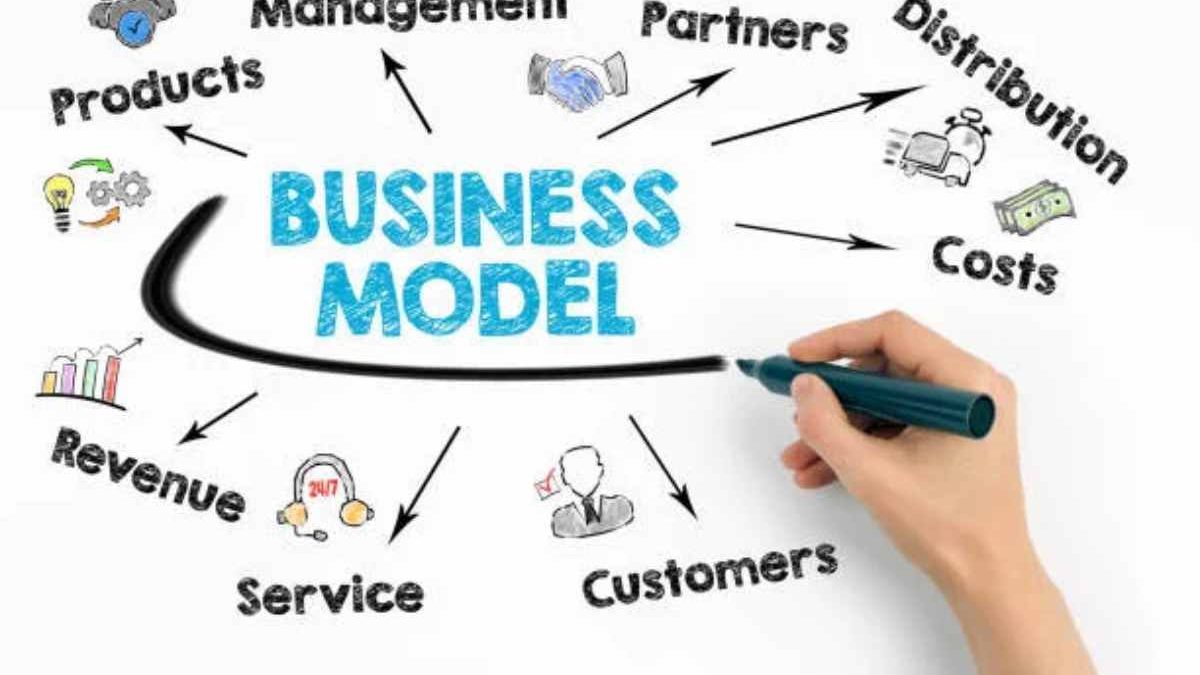Business Model
A business model is a tool before the business plan that will allow you to clearly define what you will offer to the market and how you will do it. Who you are going to sell it to, how you will sell it, and in what way you are going to generate income. It is an analysis tool that will allow you to know who you are, how you do it, at what cost, with what means and what sources of income you will have. Defining your business model is knowing what your DNA is, how it remains made, how it can be modified, how to polish, how to change.When talking, colloquially, about a business model, it usually remains specified in how a company makes money. And it is also that, but it is much more. “The business model remains usually relativized with the income streams, and the business model talks not only about how to make money but also about who your customers are, how you will reach them, what things you have to do to deliver them your value proposition.
Table of Contents
What Makes you Unique
What makes you unique, what cost structure do you have, etc . it is a systemic vision of your business”, highlights Javier Megías, an expert in business creation and business models.
The working models can create value for the customer, that is. They have a clear value proposition capable of reaching the customer by differentiating themselves, establishing strong ties with them, building loyalty, and uniquely producing them.
Validate a business model by having customers pay for your product and service. That’s the way to validate your value proposition. How do you create value? Being very close to the client. Establishing a very close relationship from the beginning to find out what their needs or problems are. And once in the market, you may find that your business model needs to be modified.
“The business model can constantly change. In fact, not changing the business model or not making important variations is terrifying”, warns business creation expert Guy Kawasaki in the new expanded edition of his bestseller The Art of Getting Started 2.0 (Deusto, 2016).
To avoid modifications linked to a lack of planning, Kawasaki offers these tips when setting up your business model:
1. Target a specific market niche.
The more specific the description of your client, the better. Many entrepreneurs fear establishing an excessively narrow and specific focus because they know that they will not be able to dominate the world with it. However, the most successful companies began by setting the objective of reaching a maximum of a couple of markets and then grew to a larger size as they approached new markets,” says this entrepreneur.
2. Keep it simple.
“If you can’t describe your commercial model in ten words or less, you don’t have a business model. Avoid business jargon that is in fashion at the moment. It does not serve to describe a business model,” he continues. And he gives an example: What does eBay do? «To charge the advertised price plus a commission. End of discussion”.
3. Copy to others.
“Commerce has remained with us for a long time, so by now, all possible business models must have remained invented. We can innovate in technology, marketing, or distribution, but inventing a new business model is a losing strategy. Try to relate your business model to something that is already successful, and everyone understands,” he suggests.
4. Be expansive.
“Business models that try to increase the size of the pie instead of getting more pieces of the same pie are the ones that usually work best [especially for startups]. Customers expect to discover fresh and innovative products.no more of the same,” he concludes.
The first thing is to validate your model with the market as soon as possible. And if you have already validated several models, you should choose the one that best suits the team; that is, the team can execute it with the most excellent probability of success. It is essential to assess and analyze what experience they have, capabilities, resources, etc.
And you can also evaluate the size of the market, what competitors there are, with what margins I will move, how long it takes to reach the deadlock.
“When you have identified those points in common, and the business model has already remained outlined, and you have already tested it simply with words with people, it is time to identify the hypotheses that your business model has,” proposes Megías.
The first hypothesis you must test is whether what you do has value for people because you are still going to design a hairdryer that uses solar energy and people are not interested in that. You can test that by simply talking to potential customers and asking them directly if they find value in you. It is not a final validation, but it gives you information.
The second hypothesis is whether people are willing to pay. And that’s the hardest to prove. It has a lot to fix with the next to have that Americans say: you may be solving a problem, but it would only be something nice to have, but not for what you will pay (for example, WhatsApp). And the only way to validate that hypothesis is with sales”, he concludes.
Related searches:
[what is a business model example]
[what is the importance of a business model]
[types of business model]
[small business model examples]
[types of business models pdf]
[how to write a business model]
[importance of business model pdf]

